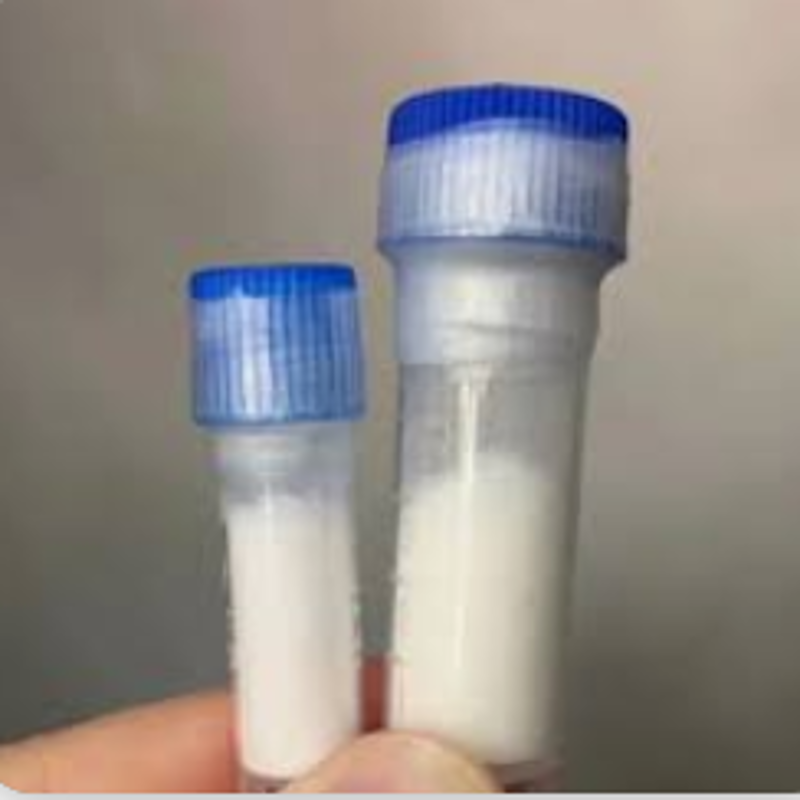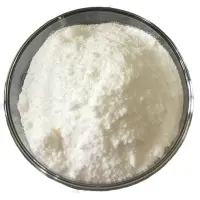-
Categories
-
Pharmaceutical Intermediates
-
Active Pharmaceutical Ingredients
-
Food Additives
- Industrial Coatings
- Agrochemicals
- Dyes and Pigments
- Surfactant
- Flavors and Fragrances
- Chemical Reagents
- Catalyst and Auxiliary
- Natural Products
- Inorganic Chemistry
-
Organic Chemistry
-
Biochemical Engineering
- Analytical Chemistry
-
Cosmetic Ingredient
- Water Treatment Chemical
-
Pharmaceutical Intermediates
Promotion
ECHEMI Mall
Wholesale
Weekly Price
Exhibition
News
-
Trade Service
Nerves are necessary for life activities and have a major impact on quality of life, but nerves are also susceptible to damage from a variety of reasons, including physical injury, genetic factors, secondary complications, and aging
Among the various rehabilitation methods for patients with neurological impairments, computer-controlled functional electrical stimulation (FES) therapy is currently the most active in clinical practice
However, this method has limitations and is not suitable for long-term use by patients in daily life
On August 15, 2022, the team of Professor Zhenan Bao from Stanford University and the team of Professor Li Taiyu of Seoul National University published a research paper entitled: A low-power stretchable neuromorphic nerve with proprioceptive feedback in Nature Biomedical Engineering, a sub-journal of Nature
To address the limitations of functional electrical stimulation (FES), the research team succeeded in controlling leg movements in mice using only artificial nerves, without the use of complex and bulky external computers, using stretchable, low-power organic nanowires Neuromorphic devices that mimic the structure and function of biological nerve fibers
This stretchable artificial nerve consists of a strain sensor that simulates proprioceptors (receptors located in muscles, tendons and joints that sense changes in body movement and position in space, and provide information to the center), a sensor that simulates biological synapses An organic artificial synapse and a hydrogel electrode used to transmit signals to the leg muscles
The researchers adjusted the movement of the mouse's legs and the contraction force of the muscles based on the firing frequency of action potentials delivered to artificial synapses, in a principle similar to that of biological nerves
In addition, the artificial proprioceptors were able to detect leg movements in mice and feed back to artificial synapses in real time to prevent muscle damage caused by excessive leg movements
In this study, the research team used the artificial nerve to successfully help paralyzed mice walk, run, and kick a ball
Professor Li Taiyu said that with the great progress in medicine today, nerve injury is still a major scientific challenge, and it will still be difficult to solve in the future without new breakthroughs
Professor Zhenan Bao said that this research is full of potential, and by developing stretchable artificial nerves for nerve injury patients, it lays the foundation for the development of patient-friendly and more practical wearable neural prostheses
Li Taiyu (left), Bao Zhenan (right)
Original source:
Lee, Y.







